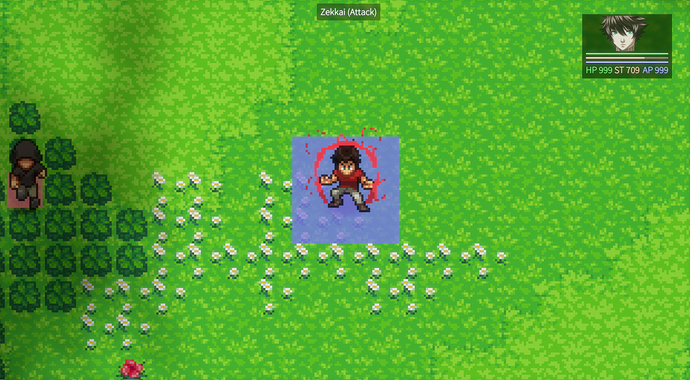I just managed to generate a self-contained application from my java project, complete with Windows installation file: “ToneCircleDroneApp-1.0.exe”
As I’m new to this process (unlike princec), it took a lot longer than 1 hr. But now that I have a working path, when I update the code and do this again, it should be pretty simple–just a matter of dropping the source code in the right place and running the Ant build.exe that I made using the following tutorial example (with modifications, of course).
Deploying the JavaFX Hello World Example as a Self-Contained Application
I went ahead and set this up my application as a Java 9 project, using Oracle’s Deployment Guide. Converting to Java 9 went smoothly.
This build.xml also made a Webstart complete with .jar, .jnlp, and a .html for testing purposes. But I don’t plan to deploy as a WebStart, so will probably just ignore these or figure out how to shave the generating code from the build.xml.
I wasn’t able to figure out the “external jar” example that follows the example above. So as a work-around, I made a “source code only” jar export, and unpacked that into the src folder. All the code was DIY, no libraries. But it would be nice to understand how to reference a .jar. Should I post a question at jgo on this which shows the build file and the error messages I get?
Next up:
-
A bit of debugging I put off for the app itself. (There is a intermittent timing problem to fix that I came across while playing along with my new app.)
-
Figure out the steps required to hone down the packaged jre using JLink. If this proves too hard, can just skip the step! The app is 179 MB. Maybe that is not so terribly large. Of this, 177 MB is the runtime.
-
Learn how to get this onto itch.io!
I have some more documentation to write, too.
Hey! What is the best way to give customers files that they can load into the application? I have lots of .xml files that can be loaded and played. I’ll have a dedicated website–just put them in a zip for people to download and unpack?
It would be nice if the Install included some files for loading. Unclear to me how this is done.







 I am so proud of this weird solution xD
I am so proud of this weird solution xD


